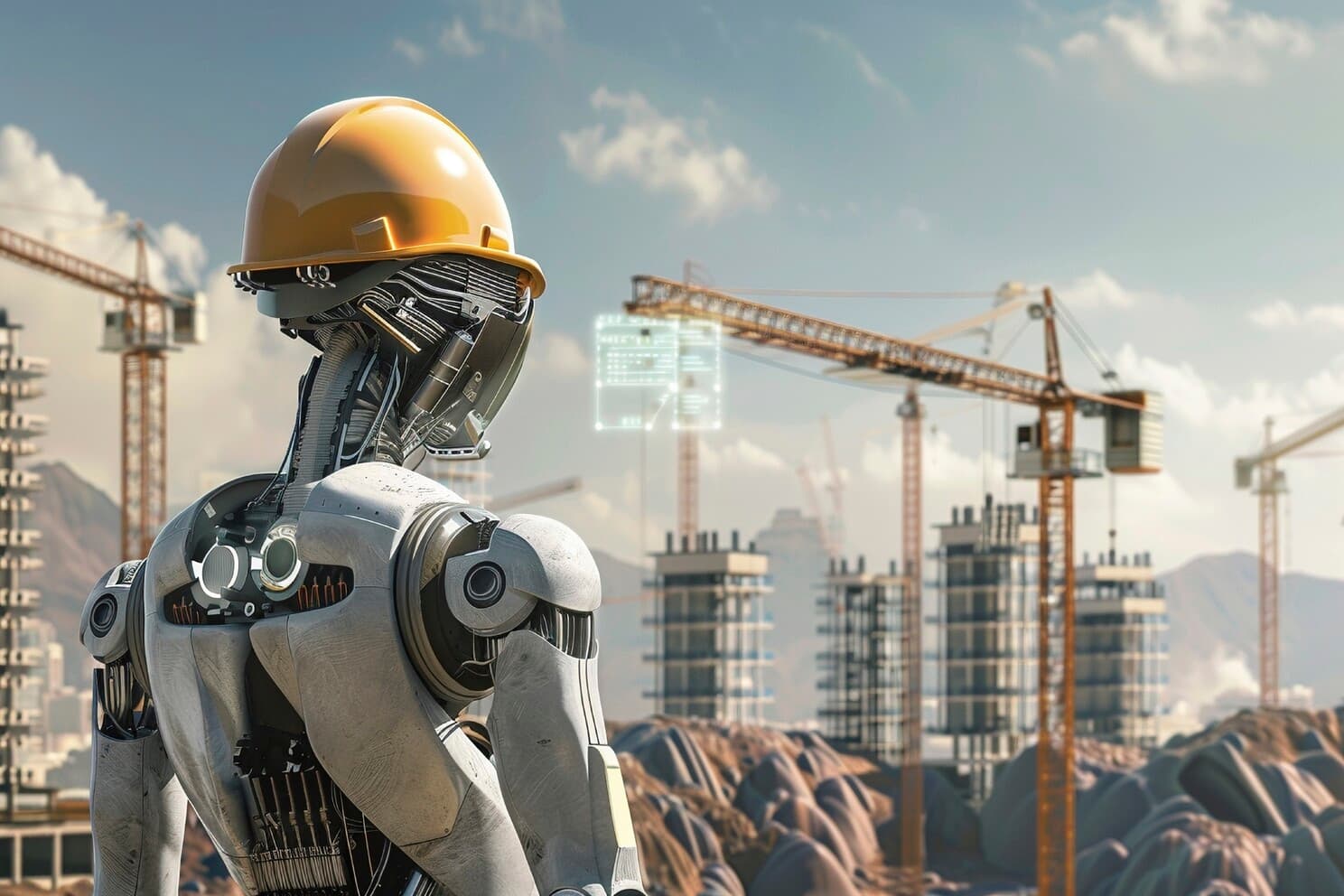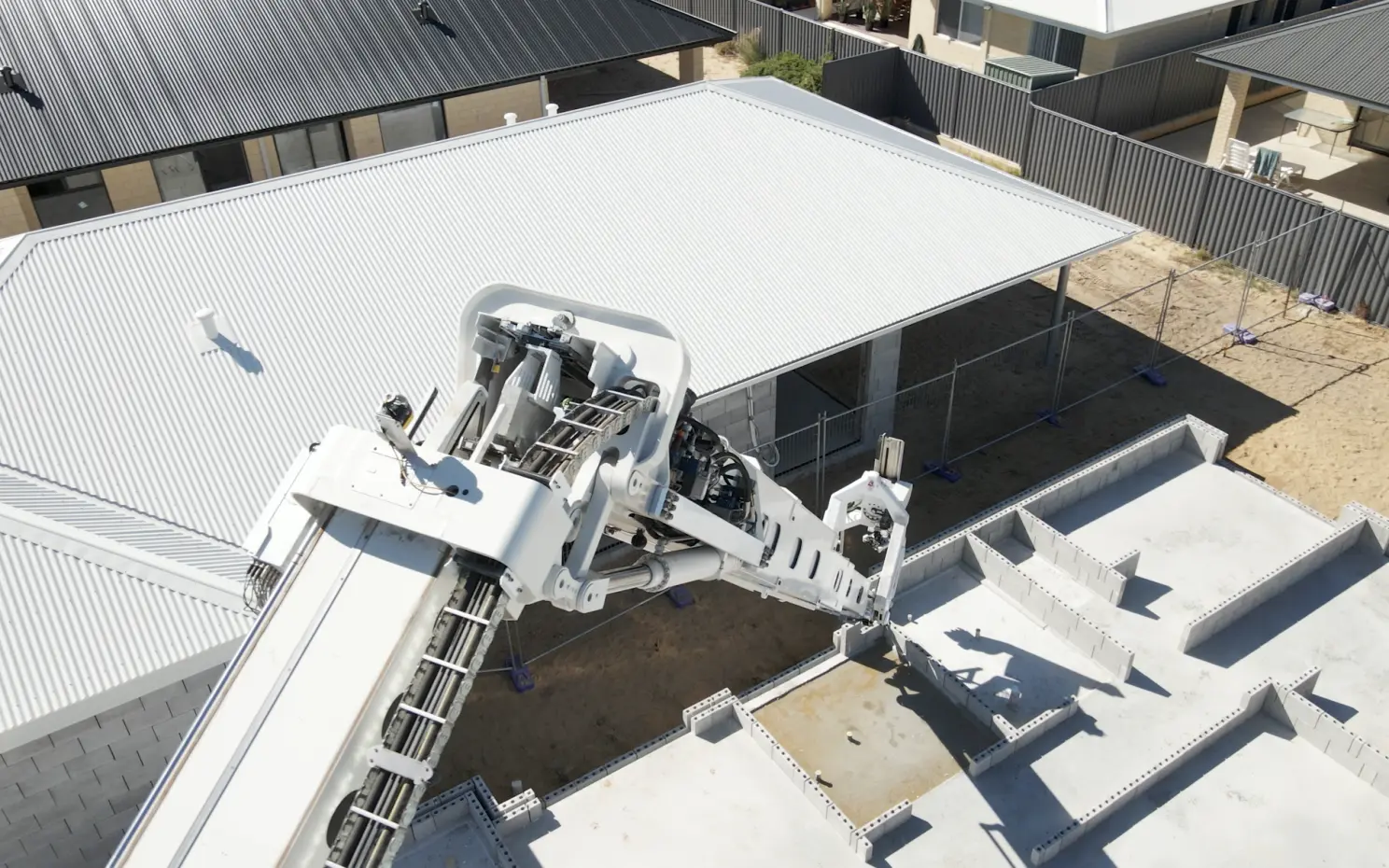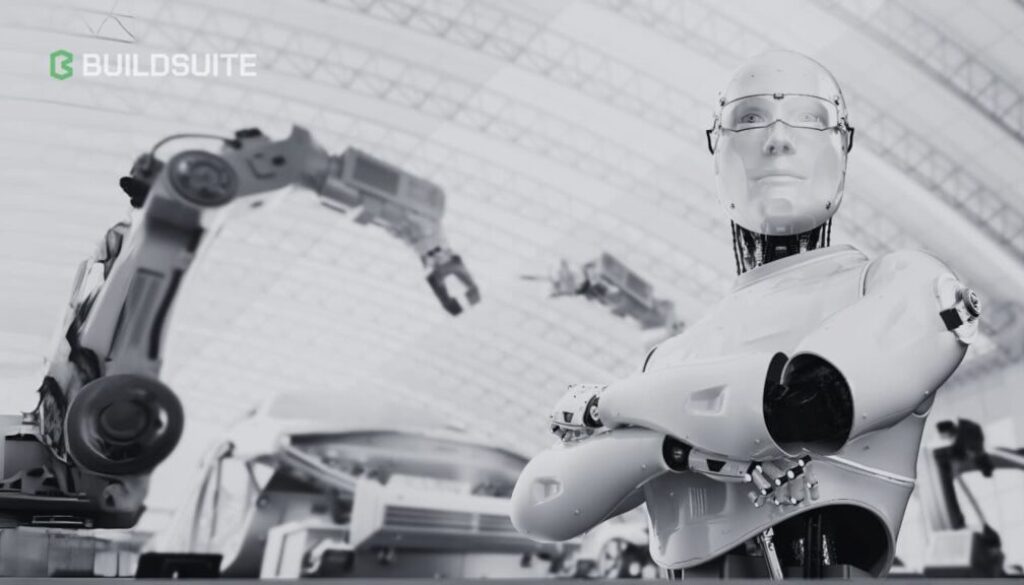The Future of Construction: When Machines Take Over, Will You Be Ready?
The construction industry is standing on the edge of a technological revolution. For decades, building sites have echoed with the sounds of manual labor, diesel engines, and shouted instructions. But a new kind of hum is beginning to emerge—quieter, smarter, and more precise. It’s the sound of robots, AI, and automation slowly reshaping how we build.

The Labour Crisis Is Already Here
Across the world—from India to the U.S. to Europe—construction companies are grappling with a quiet crisis: skilled labor is disappearing.
- The average age of construction workers is rising fast.
- Fewer young people are entering blue-collar trades.
- Projects are increasingly delayed due to manpower shortages.
A recent report from the Associated Builders and Contractors (ABC) in the U.S. estimated a shortage of 546,000 additional workers in 2023 alone. In India, the problem is magnified by internal migration, rising living costs, and lack of formal training pathways.
Manual construction is physically demanding, often dangerous, and now less appealing to the younger generation raised in the digital era.
Enter the Machines: Robots Are Already Building
Here’s a glimpse of how robotics and automation are already entering construction:

- Bricklaying Robots: Companies like Construction Robotics (SAM100), Hadrian X can lay over 3,000 bricks per day—6x faster than a human.
- 3D Printed Buildings: ICON in the U.S. and COBOD in Europe are already printing full homes in under 24 hours.
- Autonomous Earth Movers: Komatsu, Built Robotics, and Caterpillar have developed driverless excavators and bulldozers that can operate 24/7.
- Drones & AI Monitoring: Sites are now routinely monitored using drones to generate daily updates, track materials, and detect issues using computer vision.
This Isn’t 10 Years Away—It’s Already Here
While adoption is still slow in many parts of the world, leading companies are already investing in ConTech (construction tech) to:
- Cut labor dependency
- Improve accuracy
- Reduce waste and delays
- Future-proof their operations
According to McKinsey, companies that adopt tech early are 50% more likely to finish projects on time and 60% more likely to stay within budget.
So here’s the brutal truth: If you are waiting to adapt until robots are everywhere, you are already behind.
What Needs to Happen First? Digital Foundations.
Robots won’t solve chaos. Before automation can scale, construction companies need a digital foundation:
- Project visibility
- Material tracking
- Daily reporting
- Payroll automation
- Subcontractor and crew coordination
How BuildSuite Helps You Prepare for the Robotic Future
- Standardizes Project Workflows BuildSuite gives you a system to digitize every step—from task updates to stock movement—so that integrating machines tomorrow won’t mean chaos.
- Centralizes Site Data in Real-Time Whether it’s a human or a bot doing the work, you’ll need dashboards to monitor progress, detect delays, and manage costs across sites.
- Bridges the Human-Machine Gap Not everything will be automated. But BuildSuite helps you manage hybrid teams—engineers, laborers, AI tools, and subcontractors—within one platform.
- Improves Decision-Making By collecting accurate data daily, you can plan machine deployment, optimize resource use, and forecast needs—before problems hit.
The Wave Is Coming. Will You Be Ready or Washed Away?
Change doesn’t begin when the robot arrives. It begins with the mindset shift—from manual to digital.
If the future of construction is smart, automated, and data-driven… then your first step isn’t buying machines—it’s adopting systems that make those machines work.
Start now. Because when the water rises, it’s too late to learn how to swim.
Explore BuildSuite Your tech partner for future-ready construction.



